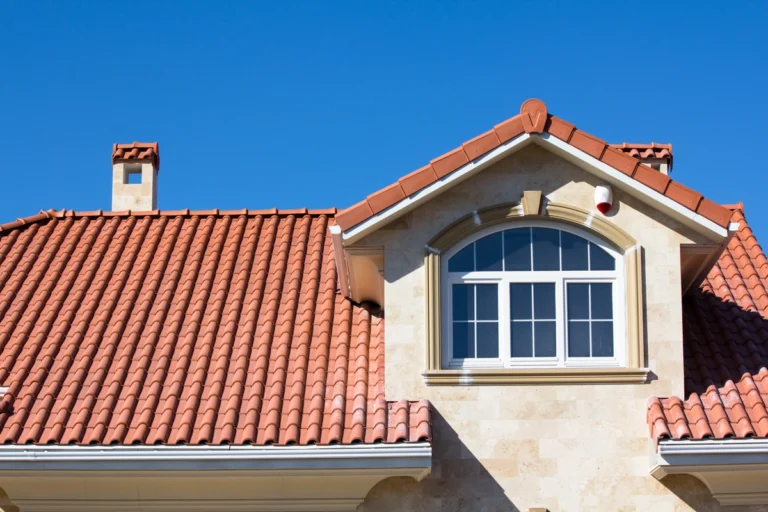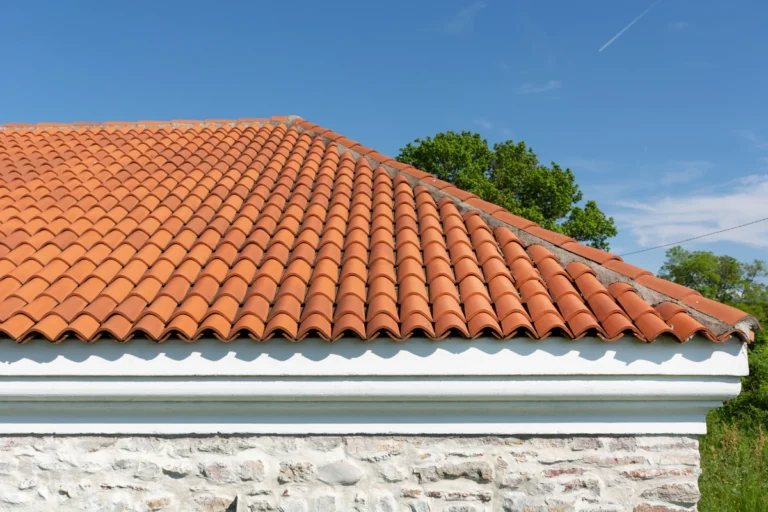Hailstorms can wreak havoc on your home, and one of the most vulnerable parts is your roof. From tiny pebbles to golf ball-sized ice chunks, hail comes in various sizes, each capable of causing significant damage.
But when it comes to hail damage roof repair, many people don’t know the details to expect. In this guide, we’ll delve into:
- The dangers of different hail sizes
- How to spot hail damage on your roof
- The repair process
- Associated costs
- Whether insurance will cover the repairs
Understanding the Dangers of Hail

Hailstones vary in size, and each size poses different risks to your roof. Even small hailstones can cause damage, particularly to softer roofing materials like asphalt shingles. Larger hailstones can cause even more extensive damage, puncturing roofs, breaking tiles, and dislodging shingles. Additionally, the speed at which hail falls can exacerbate its impact, leading to more severe damage.
Identifying Hail Damage on Your Roof
After a hailstorm, it’s essential to inspect your roof for damage promptly. Here are some signs to look out for:
- Dented or cracked shingles: Hailstones can leave dents or cracks in shingles, which weaken their integrity and can lead to leaks.
- Missing granules: Hail impact can knock granules off asphalt shingles, exposing the underlying material to UV rays and accelerating deterioration.
- Bruises or soft spots: Hail can cause bruising on shingles or create soft spots where the underlying structure has been compromised.
- Damaged flashing: Hail can damage the metal flashing around chimneys, vents, and skylights, leading to leaks if not repaired promptly.
Repairing Hail Damage on Your Roof in 5 Steps
Repairing hail damage requires careful assessment and professional expertise. Here’s a general overview of the repair process:
1) Inspection:
A qualified roofing contractor will inspect your roof to assess the extent of the damage.
2) Documentation:
It’s essential to document the damage with photographs and written reports, especially if you plan to file an insurance claim.
3) Temporary Repairs:
If there are immediate leaks or further exposure to the elements, temporary repairs may be necessary to prevent further damage.
4) Replacement or Repair:
Depending on the severity of the damage, affected shingles or roofing materials may need to be replaced or repaired.
5) Sealing and Finishing:
Once repairs are complete, the roof should be properly sealed and finished to ensure durability and weather resistance.
Cost of Hail Damage Repair

The cost of repairing hail damage can vary depending on several factors, including the extent of the damage, the type of roofing material, and the contractor’s labor rates. On average, homeowners can expect to pay anywhere from a few hundred to several thousand dollars for hail damage repairs. It’s essential to obtain multiple quotes from reputable contractors and carefully review the scope of work and materials included in each estimate.
Insurance Coverage for Hail Damage Repairs
Many homeowners insurance policies provide coverage for hail damage repairs. However, the extent of coverage can vary depending on your policy’s terms and deductibles. Here are some key points to consider:
- Coverage limits: Review your policy to understand the coverage limits for hail damage repairs. Some policies may have specific limits or exclusions for certain types of damage.
- Deductibles: Determine your deductible amount, which is the out-of-pocket expense you’ll need to pay before your insurance coverage kicks in. Make sure the deductible is affordable for you.
- Filing a claim: If you believe you have hail damage, contact your insurance provider to file a claim. Be prepared to provide documentation, including photographs and repair estimates.
- Claim process: Your insurance company will send an adjuster to assess the damage and determine the coverage amount. Once approved, you can proceed with repairs using approved contractors.
- Supplemental claims: In some cases, additional damage may be discovered during the repair process, requiring supplemental claims to cover the extra costs. Be sure to communicate promptly with your insurance provider and contractor if this occurs.
Roof Replacement Experts
Hail damage can pose significant challenges for homeowners, but timely inspection, repair, and insurance coverage can help mitigate the impact. By understanding the dangers of different hail sizes, identifying hail damage on your roof, following the repair process, estimating costs, and navigating insurance coverage, you can effectively protect your home from the aftermath of hailstorms. Remember to prioritize safety and seek professional assistance when needed to ensure your roof remains secure and resilient against future storms.
Contact Trust Roofing to set up your professional roof inspection after a hail storm.




